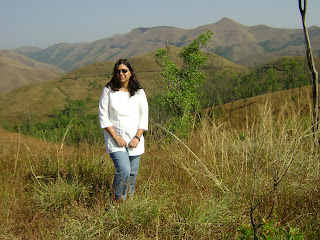Wednesday, January 7, 2009
Kudremukh Iron Ore Company Ltd, KIOCL



Bahubali Pilgrimage in Karkala of Udupi


The royal family of Karkala, Dharmsthala & Kalasa Kingdom called Pandya Jainas shot to prominence right from the time of the Hoysalas. During the Vijayanagara period this family reached new heights of glory. Their kingdom extended over a wider area comprising Sringeri, Koppa, Balehonnur and Mudigere in Chikamagalur and most of the Karkala taluk near Kudremukh NP. They were rich and maintained a big and strong army. Despite engaging in wars, peace prevailed in the kingdom and this led to increased cultural activity and development surrounding Kudremukh Mountains.If Karkala today is a place of tourist delight, the credit should go to the successive kings who developed it. The first important king was Veera Bhairava, who constructed basadis at Karkala and endowed land and money to numerous temples and basadis. Ramanatha and Veerapandya were his two sons. Ramanatha died during his father’s time. In his memory, a scenic lake called Ramasamudra was created. This lake still survives in all its glory.King Veera Pandya, at the insistence of his Guru Lalitakeerti, the pontiff of Karkala Jaina Math, installed the most beautifully carved gigantic statue of Bahubali on the rocky hill of Karkala. The date of the installation has been ascertained as February 13, 1432. This is the icon of the town and a visit to Karkala is incomplete without a visit to this hillock. Veera Pandya also installed the Brahmadeva Pillar in front of the statue in 1436.
Bengre Beach Mangalore


Kudremukh Mountain


Bhagvathi Nature Camps in Kudremukh NP


Visit to Naravi Wild Life Area in Belthangadi of Mangalore
